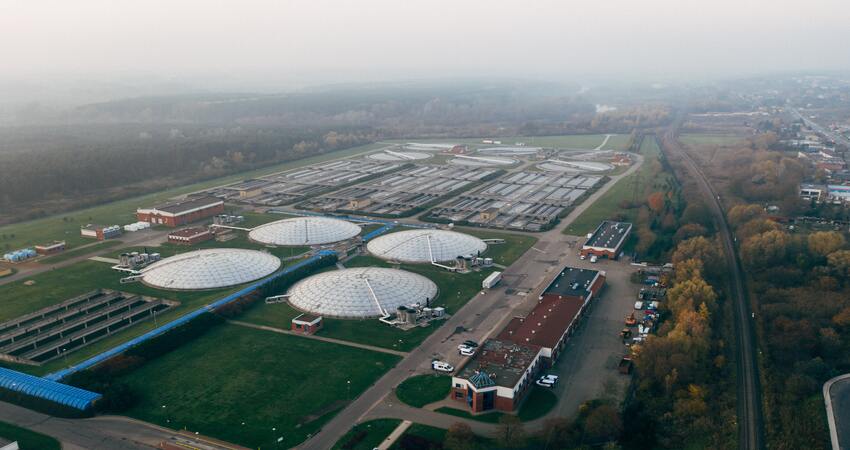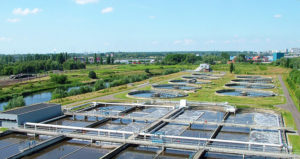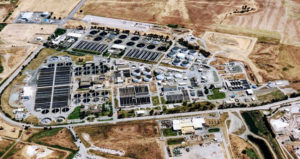Water sector urges EU to develop measurement methods for methane emissions

-
 Savina Karneva
Savina Karneva
Share article:
The wastewater sector is contributing approximately 7% to the total global methane emissions. However, the measurement of methane emissions is extremely difficult since it is undistinguishing from CO2 emissions. The wastewater sector urges the European Union for supporting and developing measurement methods.
In 2014, 9% of the biogas in the EU came from sewage sludge that was used to produce heat and power and as biofuel for buses. Likewise, in 2018 in Oslo, the WWTP produced an excessive quantity of biogas as it reduced the carbon footprint by 5,000 tons of CO2. The danger of methane emissions requires a new framework that will encourage the production of biogas in the wastewater sector which would lead to less carbon footprint.
False competition
The European Federation of National Associations of Water Services EurEau objected to the latest update on the EU Methane Strategy because it mentions only the methane emissions produced by the sector but not reduce them with biogas production. Moreover, the Methane strategy encourages farmers to add bio-waste to their digesters as it will count towards municipal waste recycling targets as set in Directive 2018/98/EC on waste. The wastewater sector is acting to a reduction of methane emissions and stepping up with biogas production, however, they are not allowed to do the same, so the strategy falls short of presenting a supportive framework.
Solution
The Global Methane Pledge was launched from COP26 indicating the high-level recognition of the urgency to cut carbon and methane emissions. This initiative is aiming for fast action on methane to keep a 1.5°C future within reach. It calls all countries to ‘commit to a collective goal of reducing global methane emissions by at least 30% from 2020 levels by 2030 and moving towards using best available inventory methodologies to quantify methane emissions’. The European Commission also published a strategy for the European Union to cut methane emissions with more accurate measurement and reporting methodologies for methane emissions. The approach is expected to lead to a better perspective on the problem of methane and mitigation measures.
Fit for 55
Under the name ‘Fit for 55’ European CO2 emissions must be reduced by 55% by 2030. In order to achieve these objectives research into nitrous oxide and methane emissions from Waste Water Treatment Plants (WWTP’s) started last year in various countries.


















